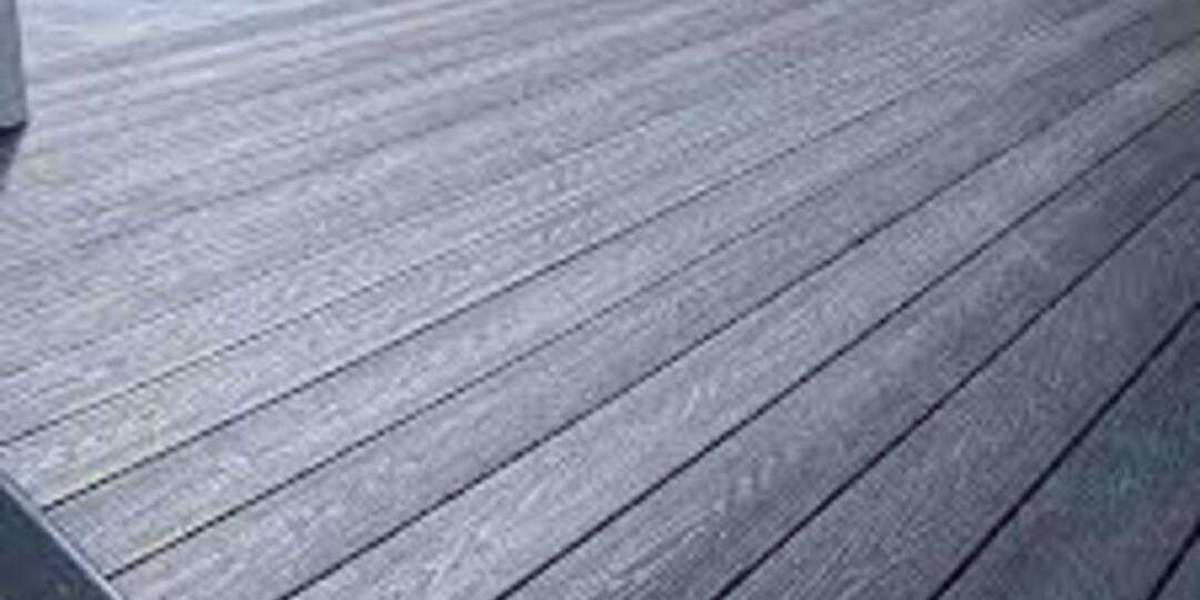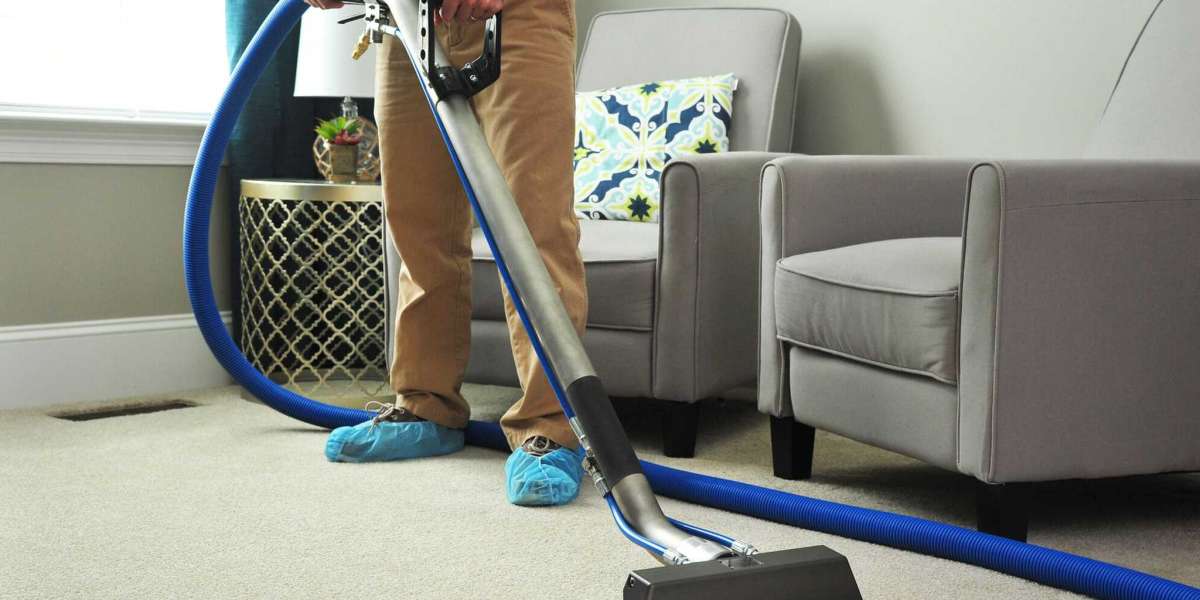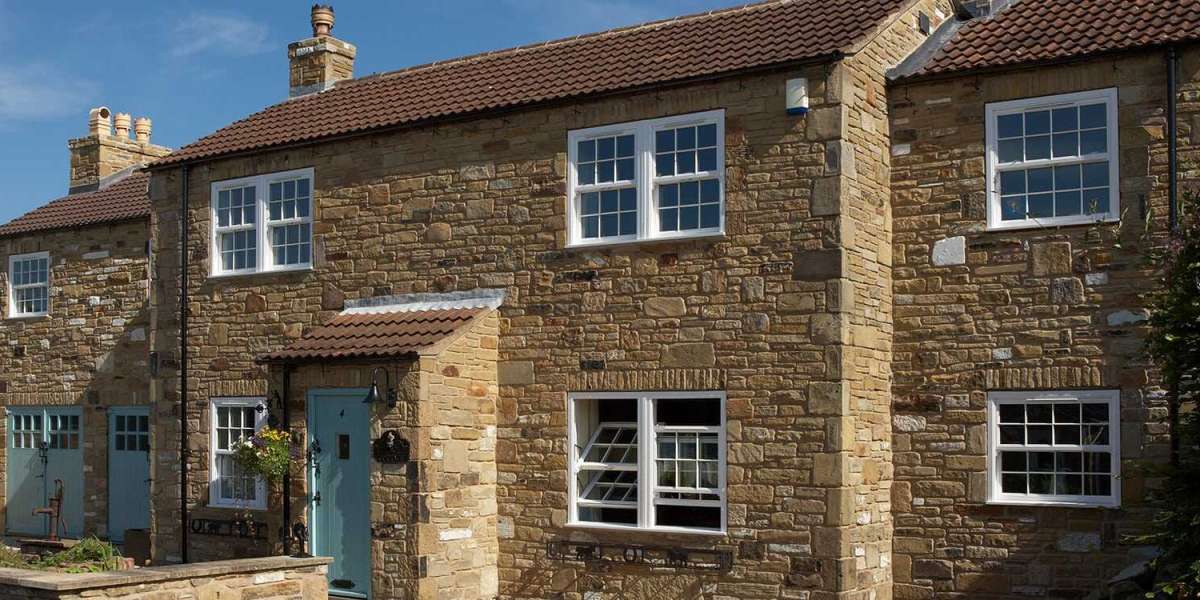In 2025, homeowners are increasingly leaning toward composite boards, but is the shift justified? Let’s break down the differences so you can make an informed choice for your home.
Understanding Composite Decking Boards
Composite decking boards are engineered from a blend of recycled wood fibres and high-quality polymers. This combination creates a product that mimics the beauty of timber while outperforming it in several key areas.
Unlike timber, composite boards don’t require constant sanding, oiling, or staining to maintain their appearance. They are also designed to resist warping, splitting, and rotting—making them a serious contender for the best decking material in Australia’s harsh climate.
The Appeal of Traditional Timber
Timber has a natural warmth and authenticity that’s hard to replicate. It’s a renewable resource, and certain hardwoods can be incredibly strong and long-lasting—if maintained properly.
However, timber decking is more vulnerable to weather, pests, and decay. Even the toughest hardwoods need ongoing care to retain their strength and appearance, which is why many homeowners are rethinking their definition of the best decking material.
Durability Showdown: Which Lasts Longer?
When it comes to lifespan, composite decking boards generally have the upper hand. High-quality composite boards can last 25–30 years or more with minimal upkeep. Timber, on the other hand, may need replacing in as little as 10–15 years—especially if not well maintained.
The durability advantage of composite boards comes from their resistance to:
- Moisture Damage – No rotting or swelling.
- UV Fading – Retains colour even in intense sunlight.
- Termites Pests – Insects can’t damage the composite core.
- Splintering – Smooth surfaces stay safe for bare feet.
These qualities make composite decking boards a strong candidate for the best decking material in long-term performance.
Maintenance Requirements
If you value your weekends, the low-maintenance nature of composite boards will appeal to you. They require only occasional sweeping and a gentle wash with soapy water.
Timber decking, however, needs regular sanding, sealing, and staining to prevent deterioration. Skipping maintenance can lead to rapid wear, making timber less practical for those who want a set-and-forget option for the best decking material.
Cost Considerations
Initially, composite decking boards often cost more than timber. But over the life of the deck, the lower maintenance costs and longer lifespan can make composite boards the more economical choice.
Timber may be cheaper upfront, but factoring in yearly sealing, repairs, and potential early replacement tips the scale in favour of composite decking boards as the best decking material for value over time.
Aesthetic Differences
Today’s composite boards are available in a variety of colours, grains, and finishes that closely replicate natural timber. Advances in manufacturing have created ultra-realistic wood textures that make it hard to tell the difference at a glance.
While timber offers an authentic feel and can be stained to your preferred tone, it’s prone to fading and weathering, which can dull its appeal over time. The best decking material in aesthetics will depend on whether you prefer the evolving character of wood or the stable beauty of composites.
Environmental Impact
Both timber and composite decking boards can be eco-friendly, depending on sourcing and manufacturing processes. Many composite boards are made from recycled plastics and reclaimed wood, reducing landfill waste.
Sustainably harvested timber is renewable, but irresponsible logging can have significant environmental consequences. If sustainability is a priority, look for certifications like FSC (Forest Stewardship Council) for timber or high recycled content for composite decking boards.
Choosing the Best Decking Material for Your Home
When deciding between composite boards and timber, consider these factors:
- Climate – Australia’s hot summers and wet winters are kinder to composite decking boards.
- Maintenance Preference – If you want low effort, composite wins.
- Budget – Timber is cheaper upfront, but composite saves more over time.
- Aesthetic Goals – Do you prefer natural variation or consistent colour?
- Sustainability – Research sourcing and manufacturing for both options.
Final Verdict: Which Material Really Lasts Longer?
While both materials have their place, the evidence is clear—composite decking boards are the stronger contender for the best decking material if you’re looking for long-term durability, minimal upkeep, and consistent beauty.
Timber will always have a loyal following for its natural charm, but for most modern Australian homes, composite boards offer a better balance of performance, value, and environmental responsibility.
Conclusion
The choice between composite decking boards and timber ultimately depends on your priorities. If you want a deck that lasts decades, looks great year-round, and requires minimal effort, composite boards are the best decking material for you.
With technology improving every year, composite decking boards now rival and, in many ways, surpass timber in beauty and performance. In 2025, they’re not just a trend—they’re the future of outdoor living.








